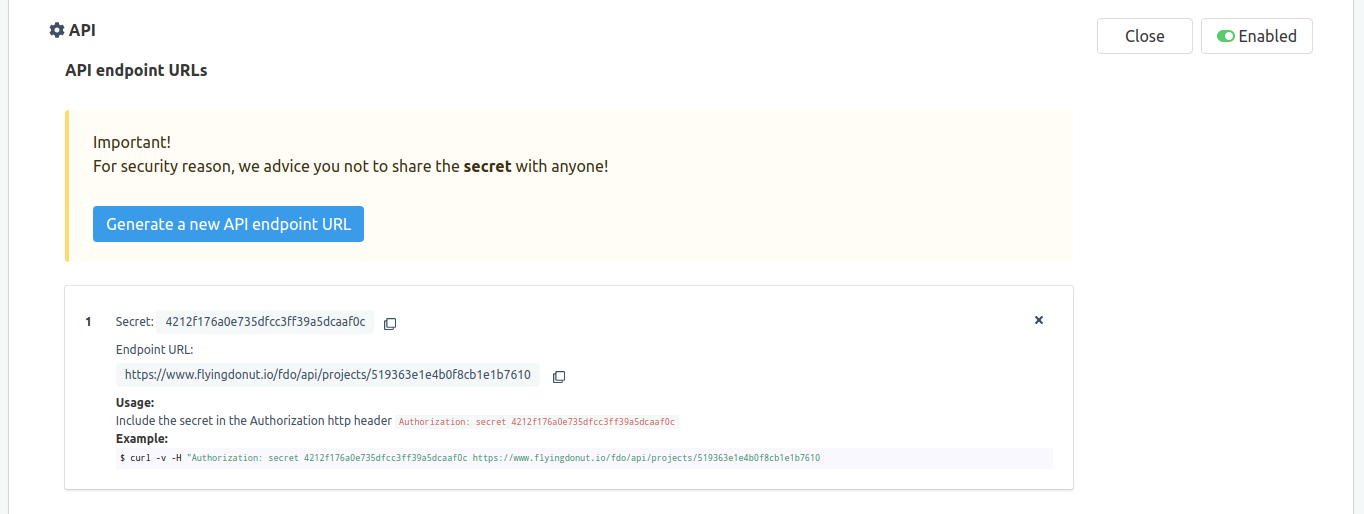

The rule for a single movie is “/movie/fight-club/” and for a single actor “/actor/brad-pitt/”. This guide will assume we have created two custom post types ‘movie’ and ‘actor’. You can achieve the same result by using add_rewrite_rule() but the process of adding endpoints are simpler. after the end of a single post or single catgory). This tutorial however uses the similar add_rewrite_endpoint(), which is very useful for adding URL “endpoints” (basically adding custom URL slugs after something that already exists, e.g. You might have seen the most known and broad function add_rewrite_rule(). WordPress Rewrite API has plenty of useful functions for writing your own custom URL rules.
MARSEDIT WORDPRESS API ENDPOINT URL HOW TO
If you’re interested in how to add endpoints to WooCommerce’s “My Account” page, I have another post about just that! In other words, if a single custom post type post has the URL “/destination/venice/”, you can add URL rules for separate pages with related information to each destination, for example”/destination/venice/activities/” and “/destination/venice/attractions/”. In this tutorial we’ll look at how to append single custom post type view with another slug that loads a different template. It does not store any personal data.Ever wished you could extend single posts, pages or your custom post types with a custom template that keeps it own URL structure? With WordPress Rewrite API this is fully possible, and not difficult at all. The cookie is set by the GDPR Cookie Consent plugin and is used to store whether or not user has consented to the use of cookies. The cookie is used to store the user consent for the cookies in the category "Performance". This cookie is set by GDPR Cookie Consent plugin. The cookie is used to store the user consent for the cookies in the category "Other.

The cookies is used to store the user consent for the cookies in the category "Necessary". The cookie is set by GDPR cookie consent to record the user consent for the cookies in the category "Functional". The cookie is used to store the user consent for the cookies in the category "Analytics". These cookies ensure basic functionalities and security features of the website, anonymously. Necessary cookies are absolutely essential for the website to function properly. To integrate REST API:Ģ.1 Open the Integration tab under Form Settings.Ģ.2 Enable the toggle button for REST API to activate the integration.Ģ.3 When enabled, choose the POST or GET method for REST API.Ģ.4 Enter the API endpoint URL in the URL / Webhook field.Ģ.5 Finally, click the Save Changes button to finalize the process.īy following the steps above, you can easily make the WordPress REST API integration on Elementor using the MetForm plugin. Under the Form settings, you have WordPress REST API integration options. Step-2: Enable WordPress REST API Integration # To edit the MetForm contact form for REST API:ġ.1 Navigate to MetForm > Forms from your WordPress dashboard.ġ.2 Click on the “ Edit” to open the form settings for the form you are integrating REST API. Read this documentation to learn how to integrate REST API in WordPress. Creating REST API requests is easy with the MetForm plugin. The MetForm plugin comes with WordPress rest API integration, allowing you to make POST/ GET requests to another API endpoint.

This is the fastest way to create forms with the highest number of functionalities and pre-designed layouts. MetForm is the most flexible, advanced, and design-friendly Elementor form builder.


 0 kommentar(er)
0 kommentar(er)
